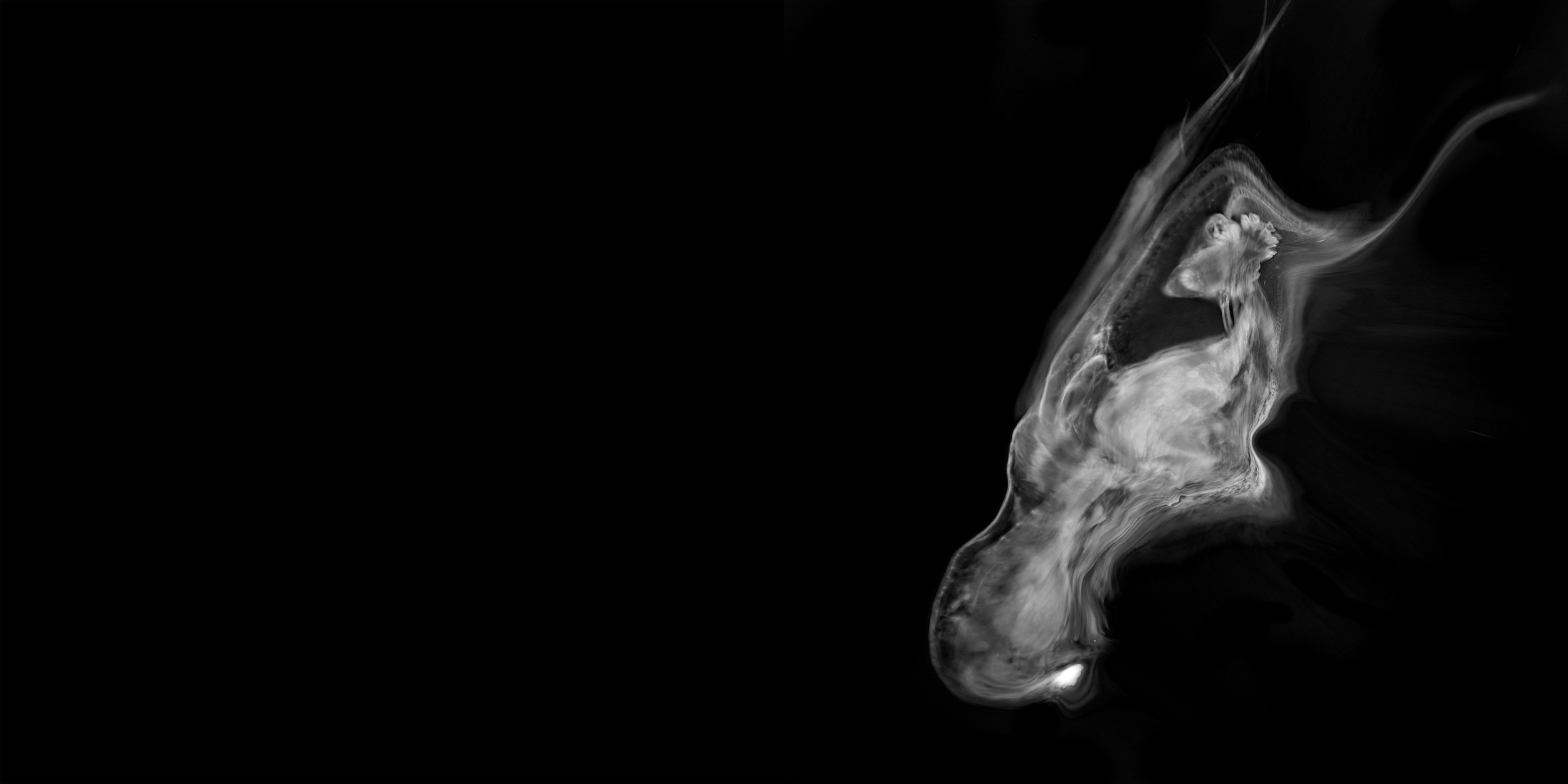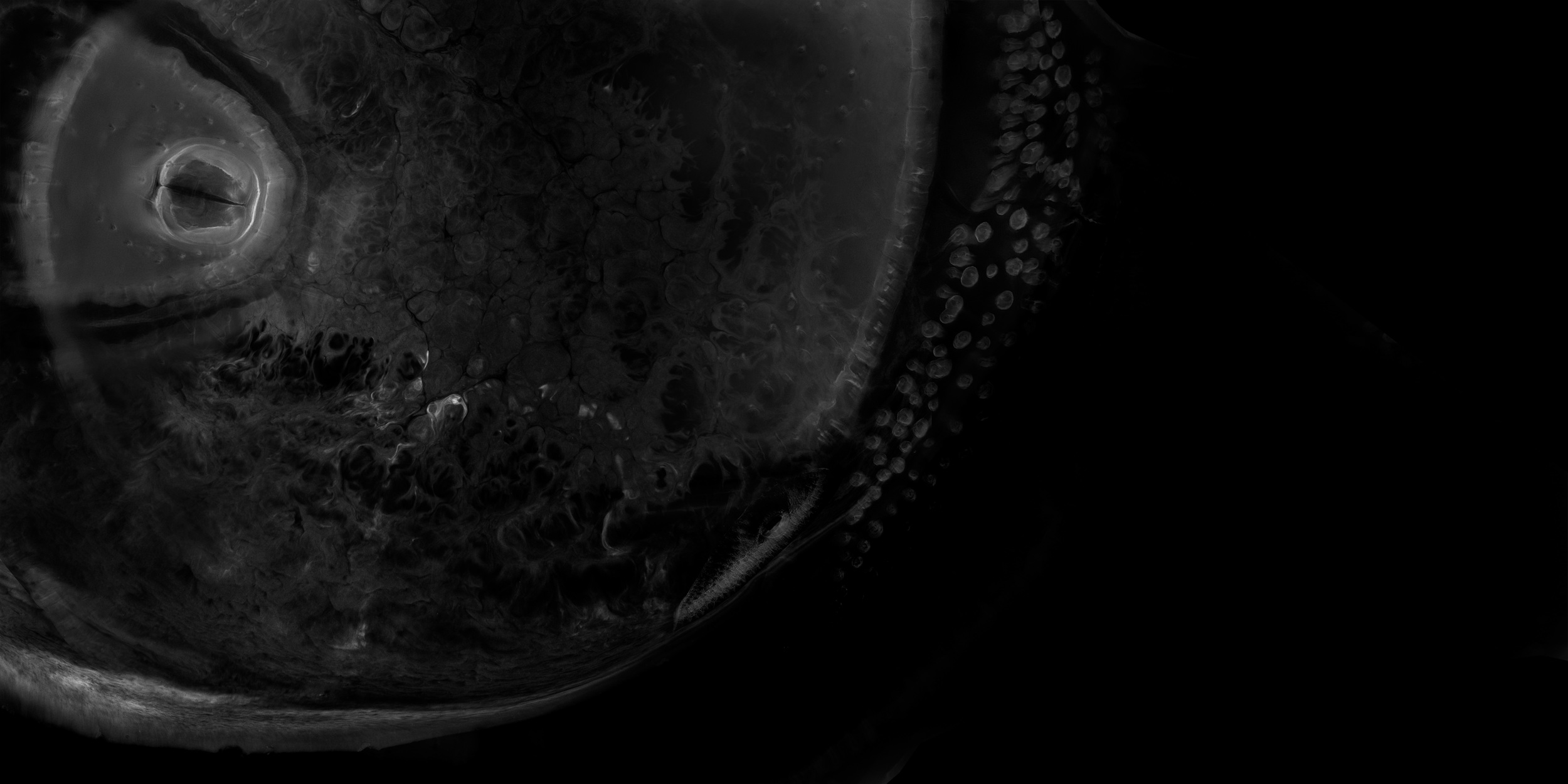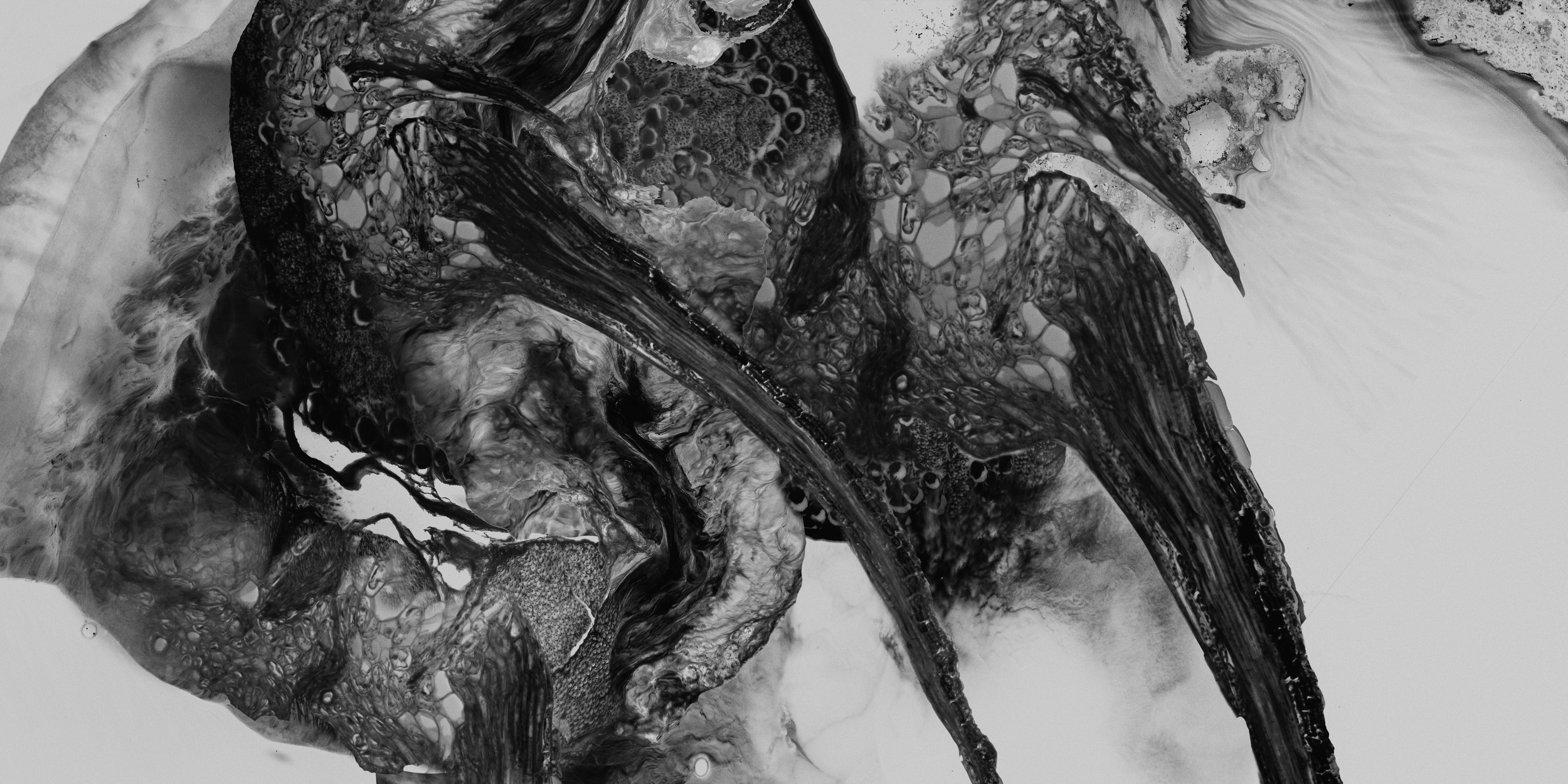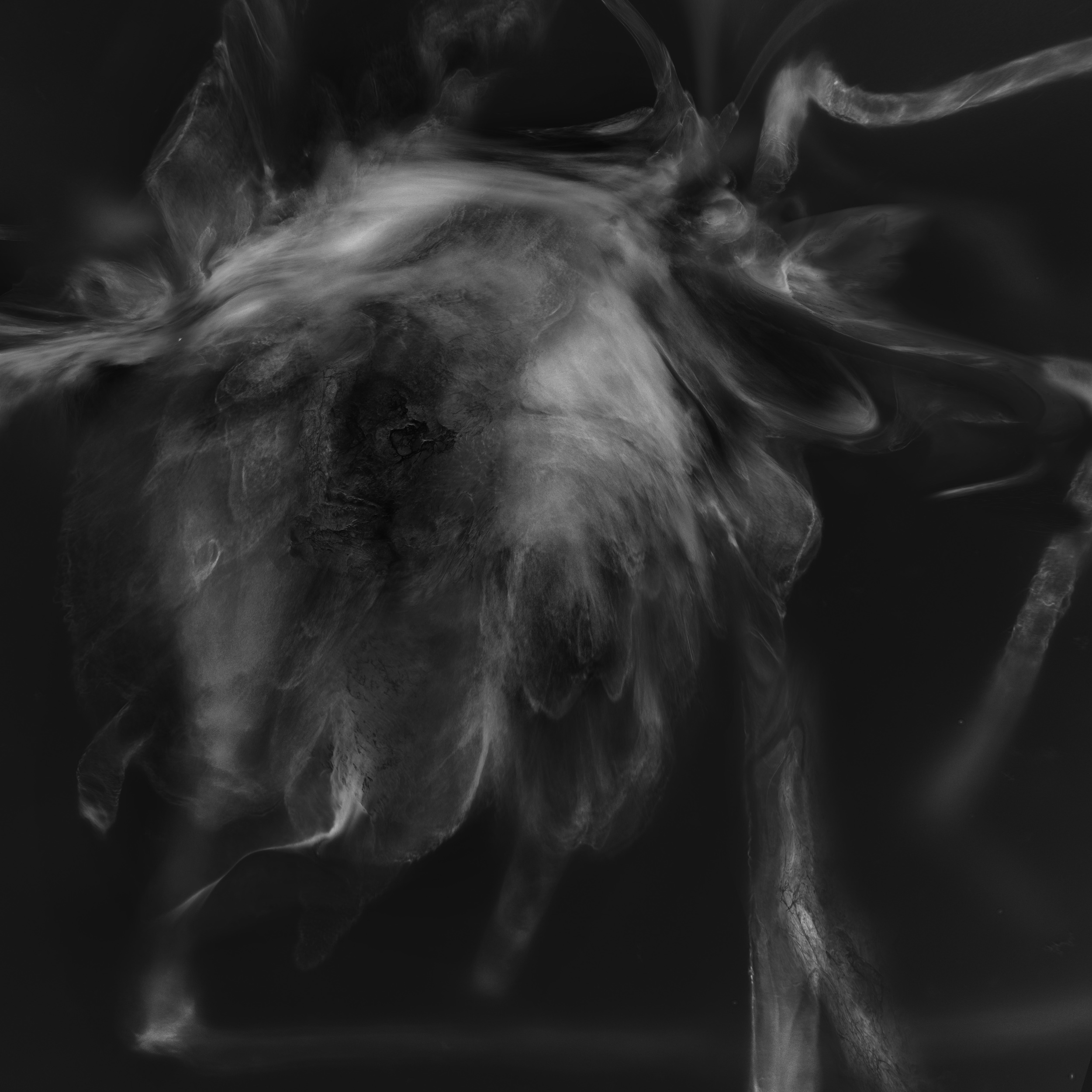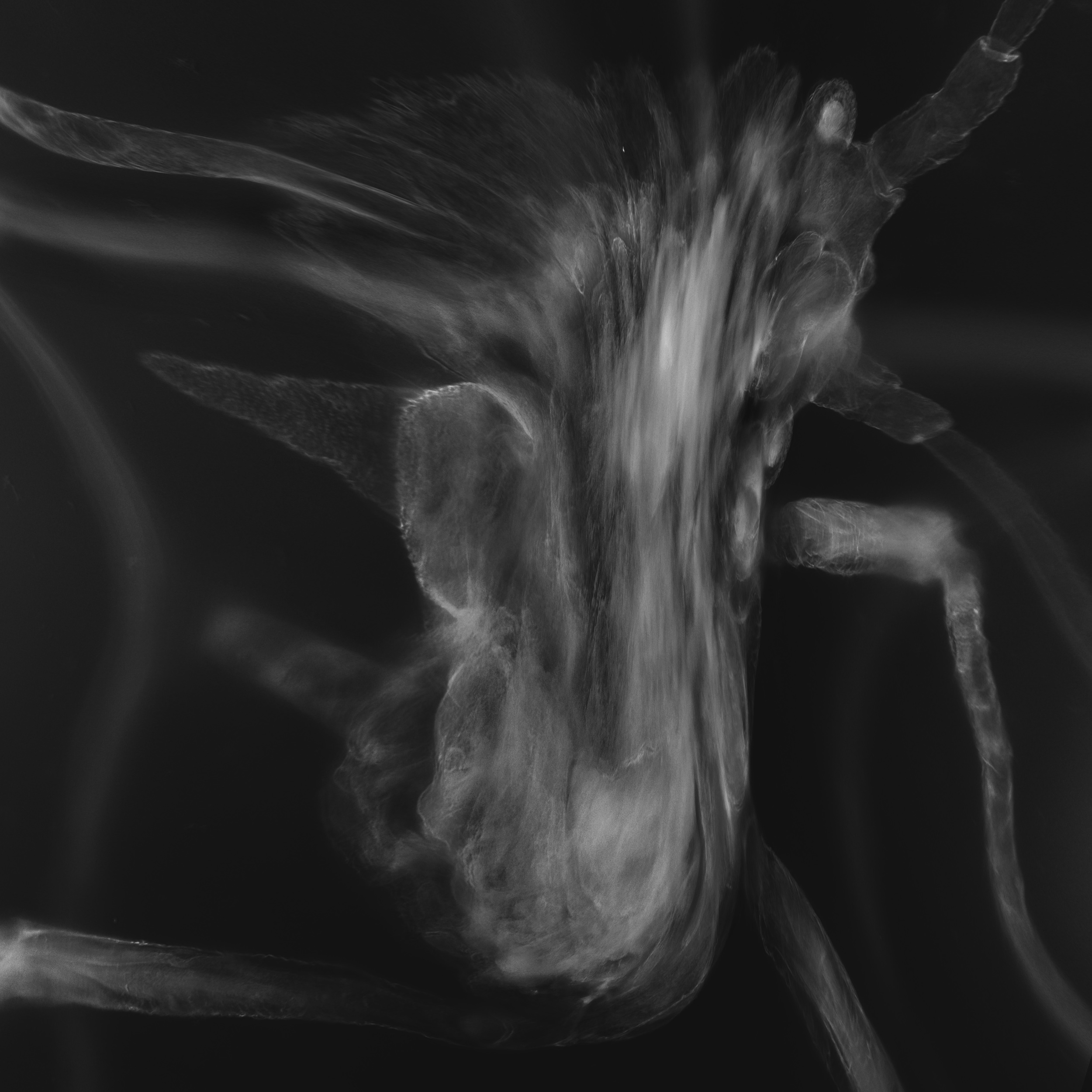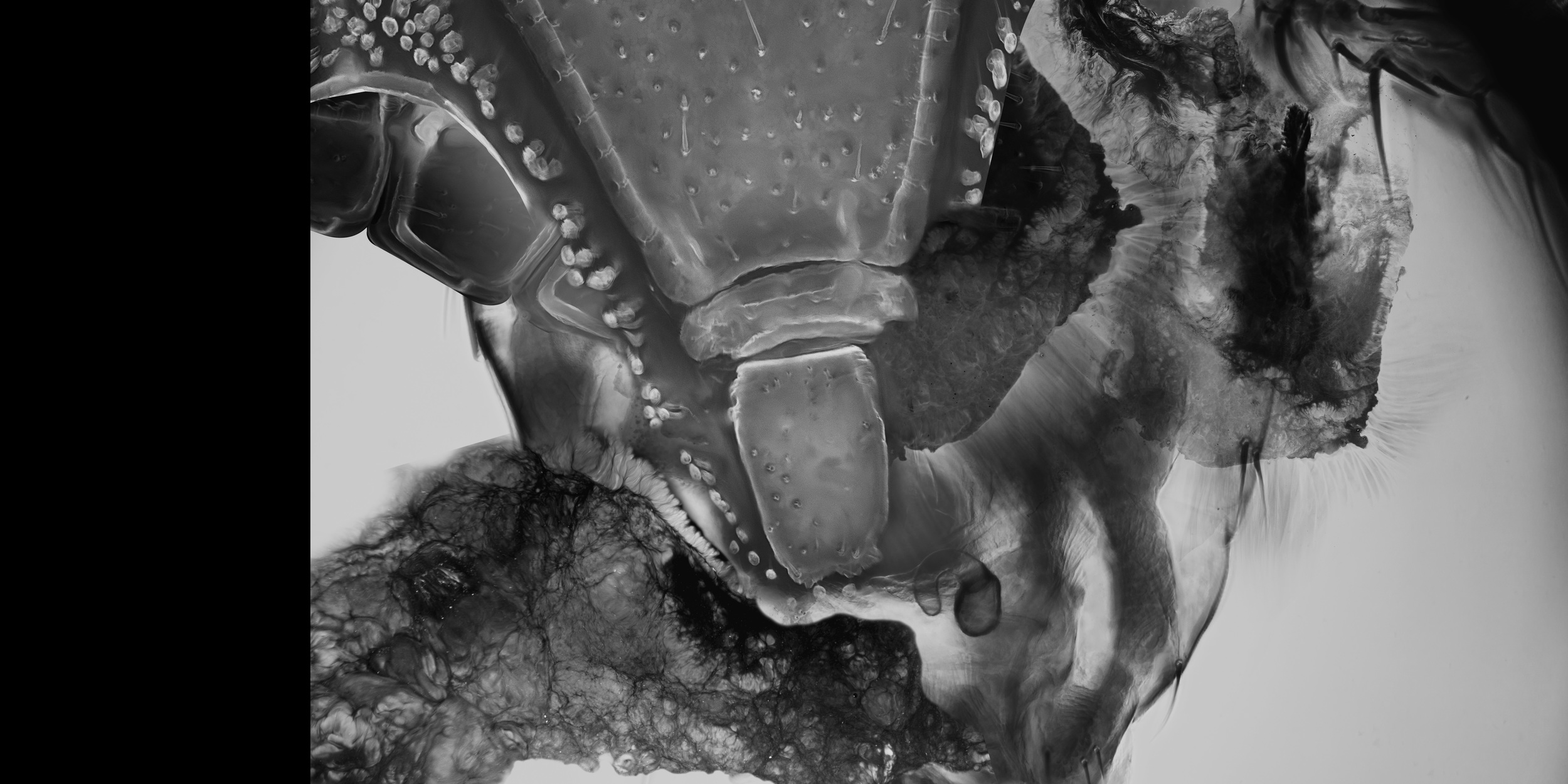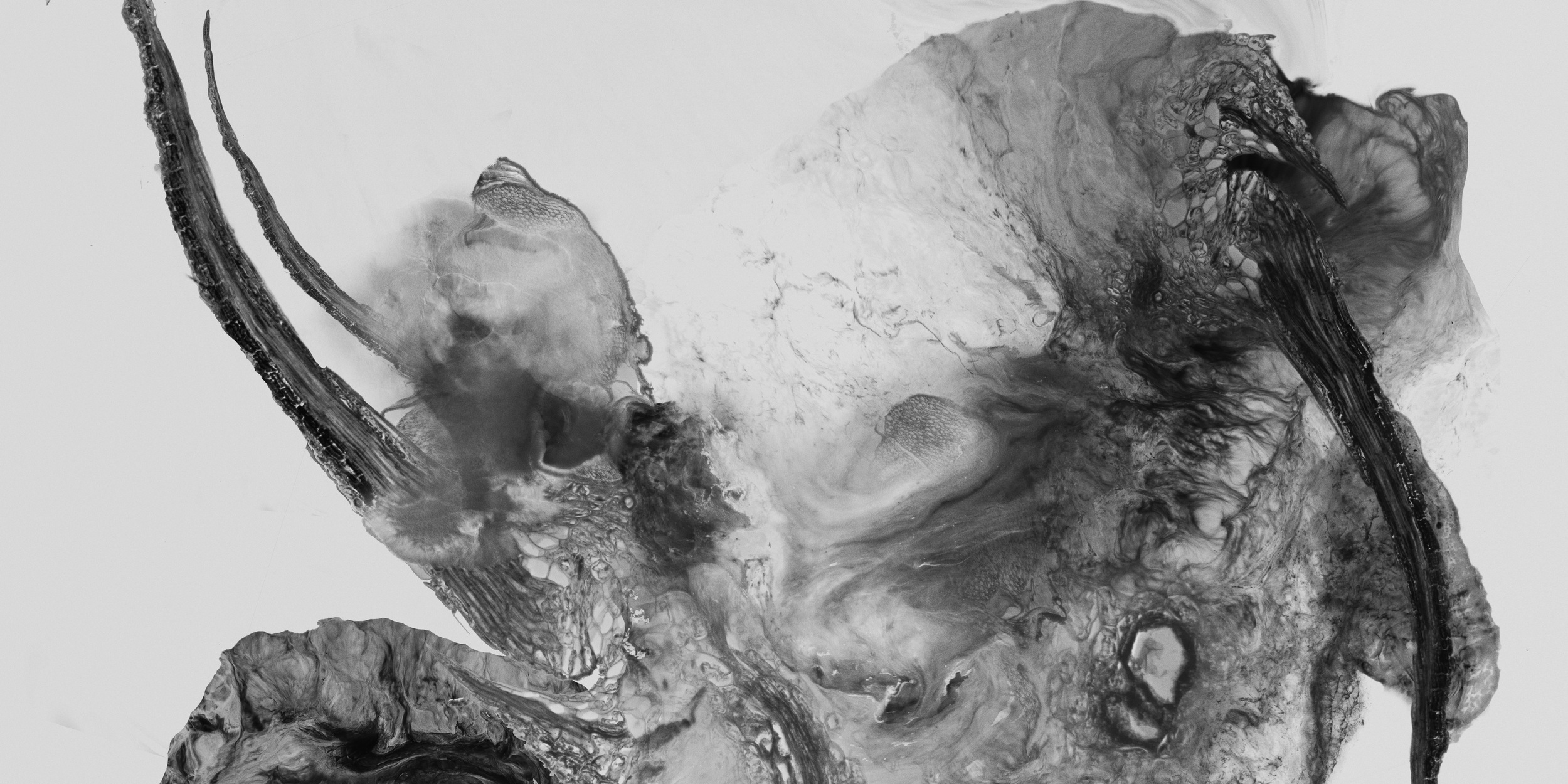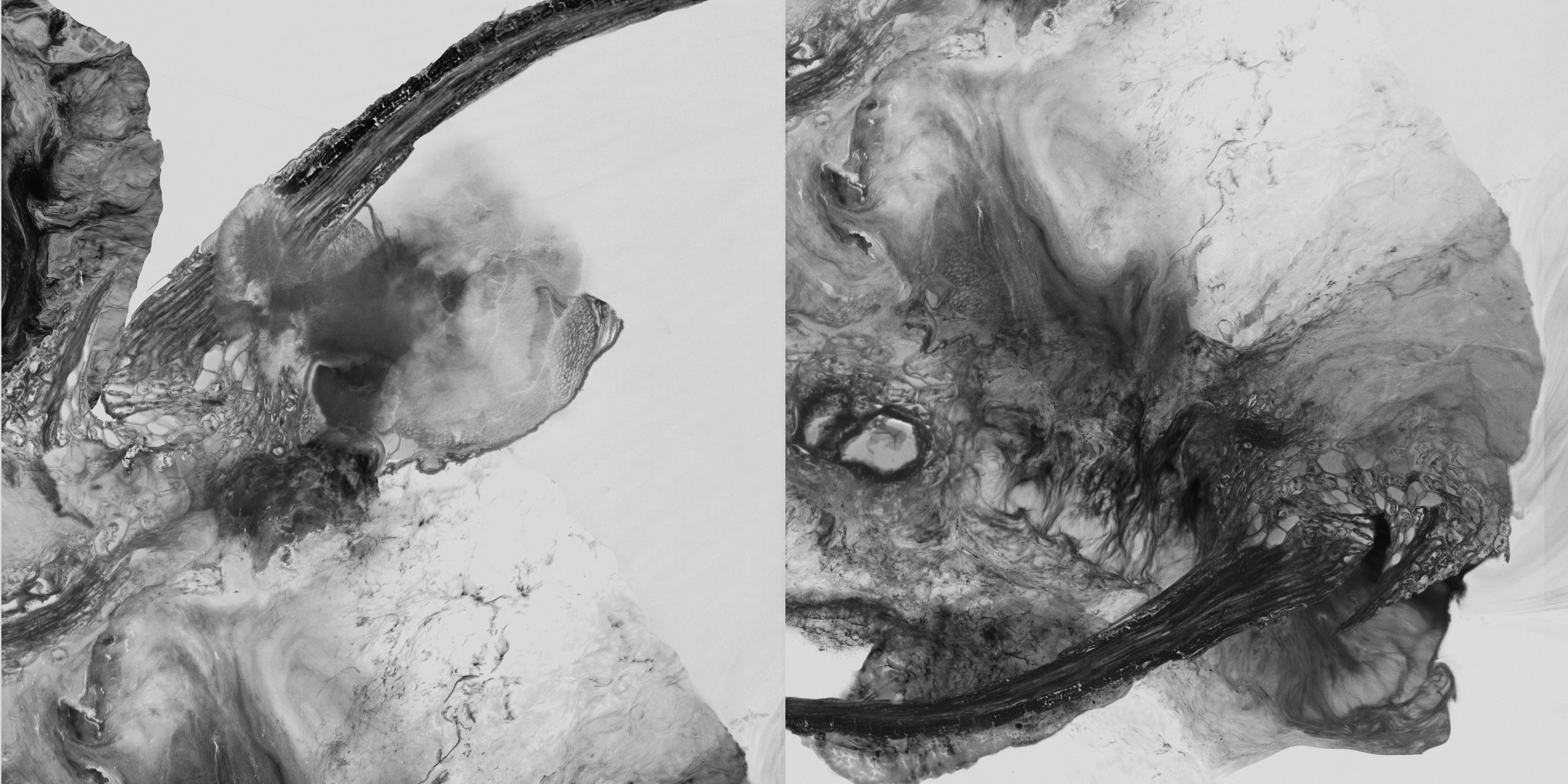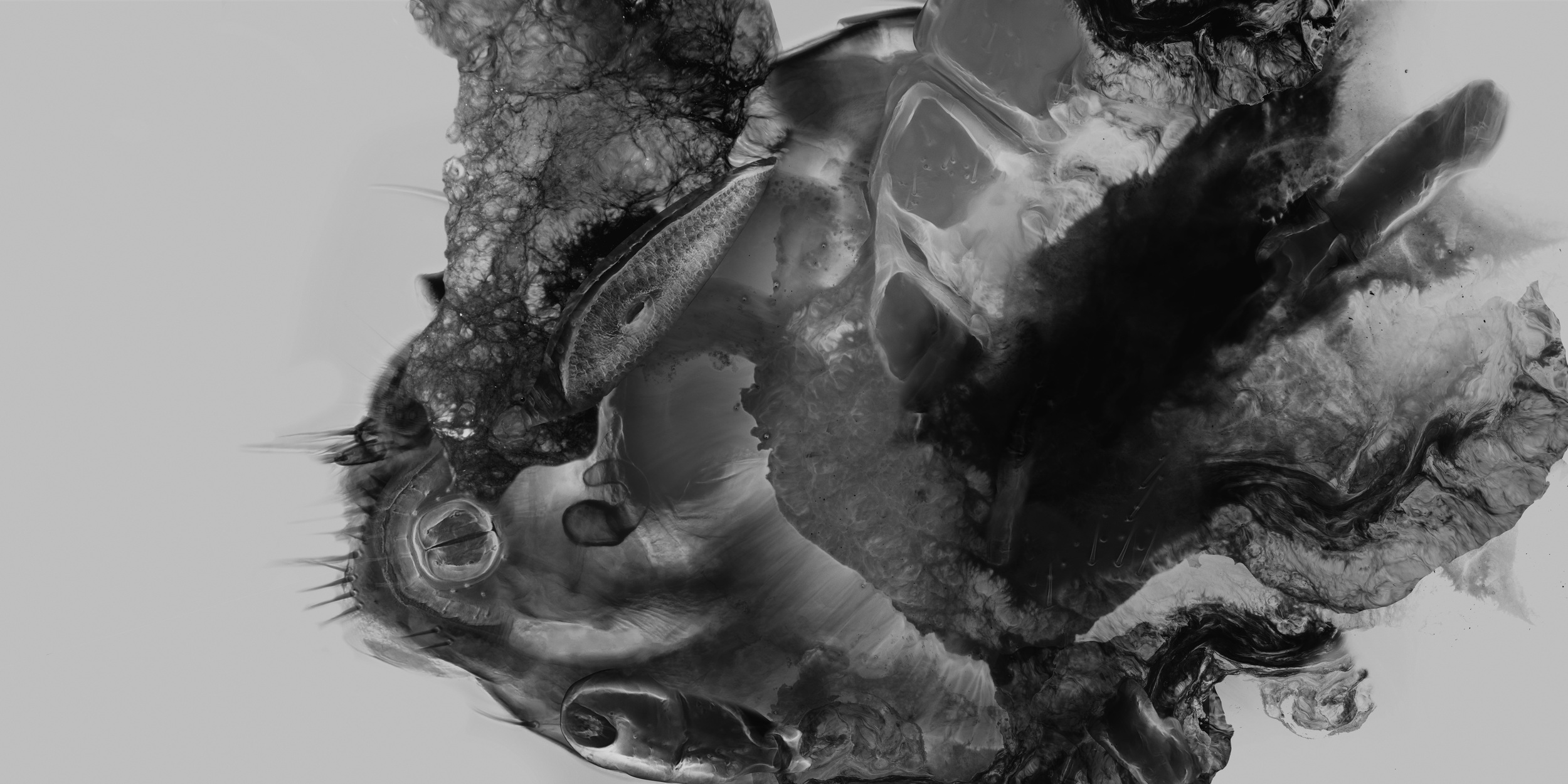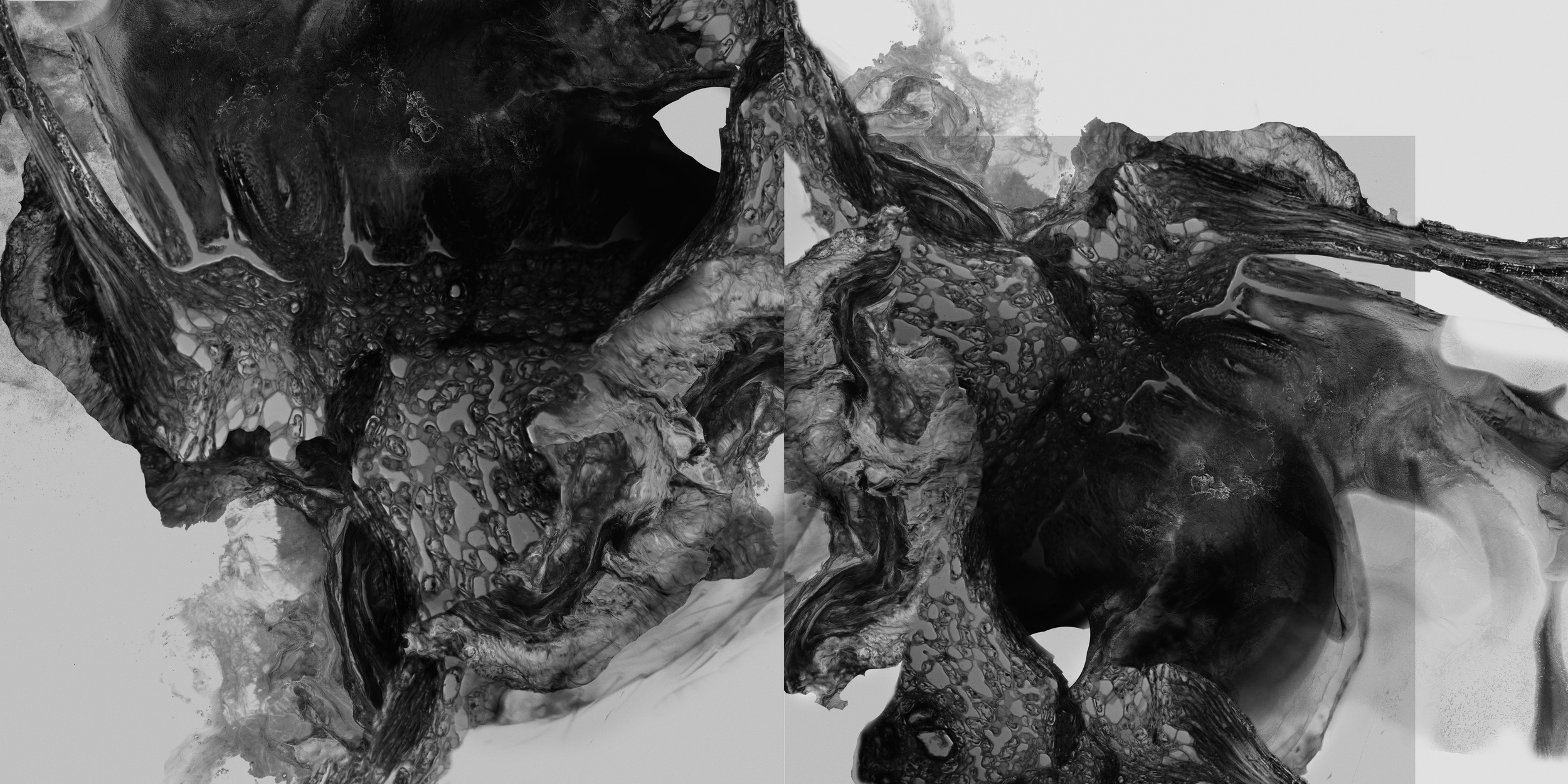SOME/TALK : NICHOLAS ALAN COPE & DUSTIN EDWARD ARNOLD
First, how did you guys meet?
Nick: Dustin and I both went to Art Center College of Design in Pasadena. Dustin graduated a bit before I did and already had a pretty well established practice as an art director by the time I graduated. I guess he had been to my graduation show and hired me to shoot a commercial project for one of his clients.
While Dustin was in school he had made these huge stuffed rotting fabric sculptures (he called them ‘sleepers’) and wanted them photographed for his records. We started shooting them in his dad’s barn and built a few basic sets to give them context. From there we got a bit carried away and started making table top compositions to go with the images.
Dustin: Once we shot the first few images we knew we needed to turn it into a larger series. We were referencing the aesthetic of Dutch still lifes, but centered around the theme of decomposition. After the first couple days of shooting we migrated the project to Nick’s garage and would storyboard the shots out and get everything together during the week in order to shoot on the weekend. I think series took 6 months to complete. We called the project ‘Putesco’, latin for ‘rot’.
At what point did you guys decide to work together or try something out?
Nick: It happened kind of slowly. We started with the Putesco project and as it developed we began to realize that we could do this as a regular collaboration. I had a lot of catching up to do. Dustin had been on a lot more sets than I had, and had a much better understanding of the process.
Dustin: Nick was already a really talented photographer, but I think that together we were able to realise alot of what interested us aesthetically and conceptually. Things that were bouncing around in our head but we never individually had the opportunity to produce. For me, it was also a reaction to working commercially. Even though both our commerical experience informs how we plan and execute shoots, I’ve always had a real problem with the big agency model where the art director and photographer are separated by layers and layers of people and each person has an opinion. Having so many cooks in the kitchen usually results in bad work, not because of the creatives involved, but because the energy is so scattered.
What is the connection between you two and your relation to the city of LA?
Nick: I moved to LA in 2002 from Maryland. I had some experience with the city as a kid (my grandparents lived in Pasadena), but still thought of the city as bizarre and foreign for the first few years. I did an architectural project over the course of a few years that spawned from driving around and exploring the city. I still just can’t help but be amazed by the landscape and architecture.
Dustin: I grew up in a very small town on the Central Coast of California called Atascadero so when I moved to Los Angeles I was completely intimidated by the vastness of the city. I just went to school and stayed in working for the first 4 years which probably helped out my education. I still don’t feel like I really “live” in the city. It’s a bit of an indefinable place which might be why I like it so much now.
We would like to speak about your creative process. How do you begin and develop the project further on?
Nick: Typically the projects began with a conversation that started while shooting the previous project. We’d start talking about what we’d like to do next and end up getting excited about the same ideas. From there Dustin would do a ton of research and put together these amazing decks. I’d throw in my two cents, but Dustin was always the one who could imagine something new, while I had to see at least some small piece of it to get inspired.
From there we’d gather resources and props, figuring out what was possible and what we could do within our resources. In the end, it all came down to building things and experimenting. When you don’t know what you’re doing, you can make some pretty interesting things.
Dustin: There’s a ot of attention to detail before we shoot to ensure we accomplish what we set out to do, but for larger series I dont think we’ve ever planned more than 5 shots at a time. We produce it and dissect it, taking a look at what makes it successfull, what could be improved, and where it could go. After that, those images inform the next batch, you kind of follow the journey of where the images tell you to go. The subsequent shots become easy to think about as a book or a storyboard for a film, or sometimes just build a sense of “place”.
What is the main focus of each one of you during a project?
Nick: Our collaborations have always been different from the typical art director/photographer roles. While Dustin would generally do a lot of the concept work and I would shoot and do post-production, we both were a bit more involved in the process that you might find on a normal commercial shoot. We would design and build all the sets, props, costumes, be the stylist, assistant, tech, and retoucher. It was always just the two of us, so we had to be pretty hands on figure things out.
Dustin: What’s great is you learn so much working in this fashion. It’s liberating to find that you can be successfull at many different things just by putting forth a concentrated effort and getting outside your comfort zone. It means there are times you’re successful and other occasions, less so, but when there’s another brain involved it brings a balance to solving problems, one that I think shows in the end product.
From classical compositions to minimalism, technology and science-fiction. But there is always this 'cope-arnold' signature. Could you explain us your philosophy in one sentence?
Nick: I think our goal was always to make something new without losing sight of history.
Dustin: And this: https://www.youtube.com/watch?v=p0jZwR64xsQ
Who or what are your main influences?
Nick: From a photographic standpoint it’s Irving Penn and Nick Knight. There are a million others, but there was a Penn and a Knight image in every deck.
Dustin: I think future/past or ancient/technology is a running theme and is a tension point you can find in just about every project.
What is your favorite project together? and why?
Nick: Vedas. I’ll never get bored of making images that come from that aesthetic theme.
Dustin: Vedas as well, It’s the broadest body of work and was the most challenging and fun to produce.
Could you tell us more about your future projects?
Sci-fi movie.
www.cope-arnold.com | nicholascope.com | www.dustinarnold.com
Interview by James Cheng Tan & Pouria Khojastehpay | S/TUDIO

